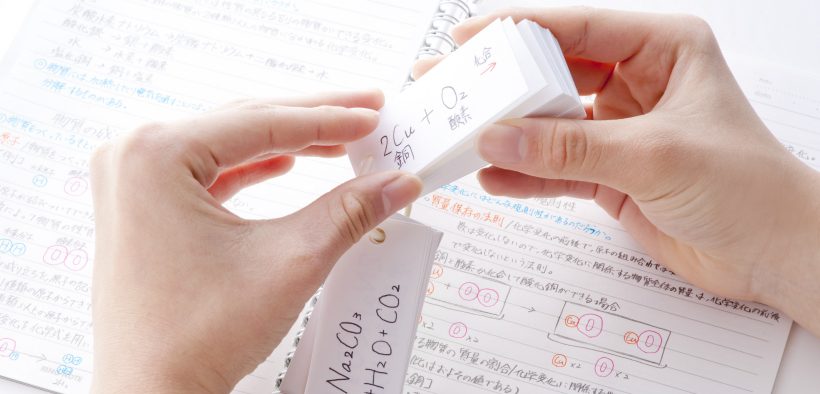I used to question my students’ use of flash cards. Yes, I could see their value in language learning, but in a beginning communication course? In developmental English? My concerns did rest on a bit of academic elitism. I thought college students should be using more sophisticated learning strategies. Some recent reading has changed my mind. Oh, flash cards are still misused. If a word is on one side and the definition on the other, and the student thinks about the definition, checks the back, and moves onto the next card—that process doesn’t do much for learning or retention.
Related Articles
I have two loves: teaching and learning. Although I love them for different reasons, I’ve been passionate about...
Active learning is a mostly meaningless educational buzzword. It’s a feel-good, intuitively popular term that indicates concern for...
Perhaps the earliest introduction a student has with a course is the syllabus as it’s generally the first...
Generative AI allows instructors to create interactive, self-directed review activities for their courses. The beauty of these activities...
I’ve often felt that a teacher’s life is suspended, Janus-like, between past experiences and future hopes; it’s only...
I teach first-year writing at a small liberal arts college, and on the first day of class, I...
Proponents of rubrics champion them as a means of ensuring consistency in grading, not only between students within...








